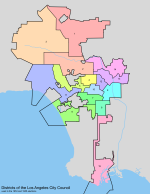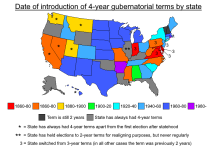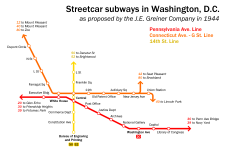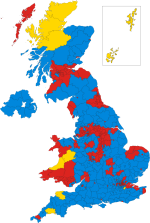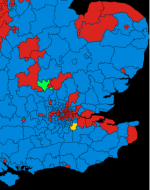This also makes me realise I don't know how many members there are on Chinese municipality congresses for cities like Beijing or Shanghai. Obviously those are mostly rubberstamps but it'd be interesting to compare. Can't find anything for Beijing, but Shanghai has a wiki article and it has an impressive membership of 868 - though in practice it looks like everything meaningful is done by a standing committee of 57, and (like old American state legislatures) in practice it only sits for a handful of days a year regardless.
Or what about India with its pleasingly RETVRN (to British eyes) Municipal Corporations - Bombay/Mumbai has 227 members (though that's a wider metropolitan area I think) and Calcutta/Kolkata has 144.
Or what about India with its pleasingly RETVRN (to British eyes) Municipal Corporations - Bombay/Mumbai has 227 members (though that's a wider metropolitan area I think) and Calcutta/Kolkata has 144.



